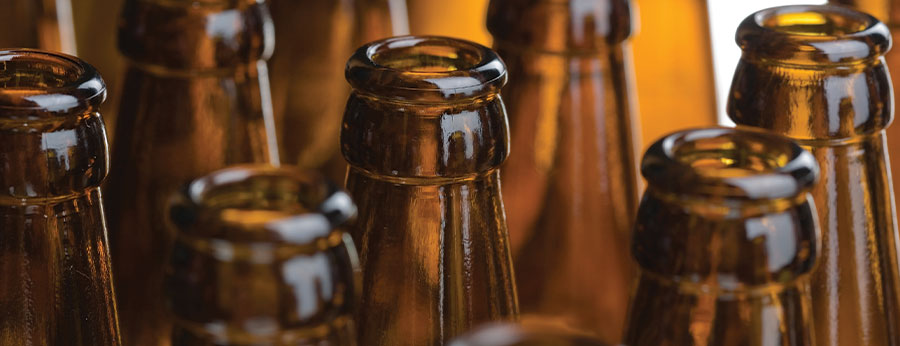
Kegging systems are great, but they are not the most portable. There are a few options for those of us with a keg system who do not want pull it apart just to bring the beer to a friend’s house. Two options are very inexpensive and easy, while one is more money and more time consuming. Your options are to pour directly into a beer bottle, attach a tube to your tap and use a beer bottle, or hook up a counter pressure bottle filler/ beer gun.
Let’s take a look at these options:
Directly into Bottle
Your first option is to open the tap and pour the beer directly into the bottle. Obviously, this is the easiest way to transfer your beer, but it has one major draw back. As the beer flows into the bottle, the CO2 in the beer is released and can leave you with an under carbonated beer. What usually happens is you get about 24 hours of pretty good carbonation, and then the beer goes flat. This might work for a party the same night, but you wouldn’t want to try this for any other reason.
Hint: Freeze the bottles before filling and that will help the carbonation remain in the beer.
Using a Tube
Using a tube off the end of your tap works very well for most people. Any tube that fits tight around the end of your tap will work fine. You want enough tubing to reach the bottom of the bottle, or growler, that you are filling. Simply attach one end of the tube to your tap, insert the other end in the bottle, and start filling. Make sure the tube touches the bottom of the bottle you are filling because as the beer flows it will not splash around in the bottle much. This keeps the CO2 in the beer, and not escaping the bottle.
This technique has been used by many brew pubs for years to fill their growlers. It is a quick, cheap and easy way to fill bottles without losing carbonation. The longest anyone at Midwest has gotten was 4 months using this technique. But in all fairness, it only last 4 months because we really wanted to drink the beer. We’ve also used this technique when submitting beers to competitions, and no one has been docked points for lack of carbonation.
Hint: Again, a frozen bottle will greatly help the beer keep the CO2 in the beer.
Hint: Make sure to cap each beer right away as the CO2 will escape quickly.
Counter Pressure Bottle Filler/Beer Gun
OK, so you want to make sure every bottle is properly carbonated and you won’t have any loss of carbonation. Then use a counter pressure bottle filler to get the job done. The simple idea behind these is that you are trying to over carbonate the beer to accommodate for the CO2 loss when filling the bottle. We won’t get into the full operation of how to use one for these because we have a separate pdf for that, but we will give you some idea how it works.
Make sure that your beer is already carbonated and ready to go. Hook up the bottle filler per the directions. Turn on your gas valves, and liquid valve, and fill the bottle. Once full, apply a cap right away to keep all of the CO2 in the beer.
If using a beer gun, you only have to turn on the gas to the CO2 tank and pull the trigger. A little easier system for what can be an unpleasant task.
Using these types of bottle fillers does take some time to hook everything up, and can be a little tedious, but they work well. You won’t have issue with your carbonation levels, and once set up, things go fairly smooth.
Hint: Just like when bottling normally you want to make sure all of your bottles have been sanitized first to prevent bacteria growth while in the bottle.
We recommend our ridiculously easy to use and easy to clean Last Straw® Bottle Filler. It disassembles in an instant for quick and painless cleaning. Plus, premium materials prevent contamination—everything that touches your beer is stainless or silicone. The Last Straw Bottle Filler is the most effortless and ergonomic draft bottle filler available.
To begin or continue your homebrewing education, check out Northern Brewer University for our Homebrew Video Courses.
